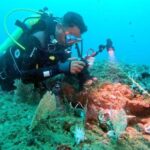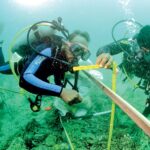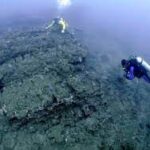The United States has underscored the critical importance of preserving Sri Lanka’s cultural heritage through an upcoming exhibition and conference on the Godavaya shipwreck, one of the country’s most significant maritime heritage sites. In a statement, the U.S. Embassy in Colombo announced that, in partnership with the Maritime Archaeology Unit of the Central Cultural Fund, it will host the event at the BMICH Cinema Hall from September 3 to 5. The exhibition will feature the documentation and conservation of artifacts recovered from the Godavaya shipwreck.
The Embassy noted that the initiative also highlights the shared role of both nations in maintaining peace, security, and the protection of sovereign rights across the Indo-Pacific region. The exhibition will officially open to the public on September 3 at 11:00 a.m., and will remain open from 10:00 a.m. to 5:00 p.m. on September 4 and 5.
Discovered off the southern coast of Sri Lanka near the Godavaya fishing village, the shipwreck is recognised as the oldest wooden shipwreck in the Asia-Pacific region, dating back to the 1st or 2nd century BCE. This extraordinary underwater archaeological site offers rare insights into early Indian Ocean trade and seafaring.
The project is supported by the U.S. Ambassadors Fund for Cultural Preservation (AFCP), a program that funds cultural preservation efforts worldwide, ranging from safeguarding historic sites and artefacts to protecting traditional art forms. Through the AFCP, experts have documented a range of significant finds from the site, including pottery, grinding stones, glass and metal fragments, and carnelian beads—evidence of Sri Lanka’s vital role in regional trade and cultural exchange in antiquity.
Ongoing conservation and research efforts aim to determine the precise origin of the vessel and further uncover its place in maritime history. The accompanying conference will bring together maritime archaeologists and cultural heritage specialists to highlight the significance of the Godavaya site, while reaffirming the broader importance of preserving Sri Lanka’s cultural heritage for future generations. Artefacts recovered from the site are preserved and displayed at the Maritime Archaeology Museum in Galle, ensuring continued access for Sri Lankans and international visitors alike.



